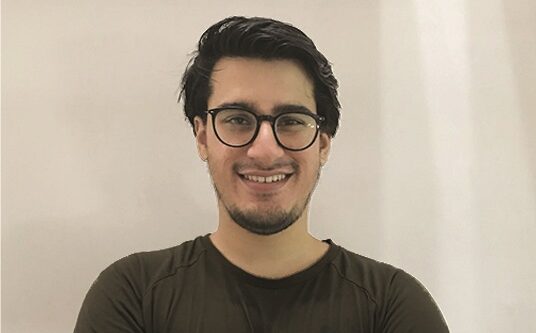Highlights from the discussion
“When (Architect Charles) Correa set up the Foundation, he envisioned it as this cell that helps the city technically, and also helps the citizens get their ideas implemented. So, I feel that having our Fellows on the ground in Panjim spurs the city to do a lot more.”
“Hosting the Z-Axis conference in Kala Academy has its strength in the fact that many people want to sign up so they can interact with several like-minded professionals. This interaction would not be the same otherwise. We hence decided that if nothing else works, we will put up a platform online to share people’s work through a competition, which would be a continuation of the conference. And we got a very good response to it.”
“Most of our partnerships are at an advisory level. For example, we are knowledge partners to the city and a few state departments. So, we did not face many challenges there. But, as knowledge partners, we are also often the instigators of urban projects and dialogue with the city. That function died out during the pandemic and we’re in the process of reviving it.”
“Our Board of Trustees too contributed to the running of the Foundation. The Board comprises architects, urban enthusiasts from different parts of the country and a few Goan Industrialists. They have been supportive in arranging funds for the Foundation through their own businesses as well as other avenues.”
“The most important learning is that, even though our projects can be incredibly site-specific, if we have a really good idea, people are there to support it. This was seen during the lockdowns.”
“We started a new crowdfunding initiative with the name “Friends of CCF” where we are ready to accept even smaller donations from individuals. There is a donation page on our website where those interested can contribute a token amount of Rs. 10,000 a year to keep the foundation running.”
“I think that our community can get over pandemics and recessions like this. I think we are responsible for our environment and its immediate context, and making our spaces better. A public health emergency is at the end of the day a design emergency too. Our cities are really bad and nobody has tried to sit down to reorganize and improve them. And, I would like to initiate a discussion and hope to see more architects get involved in improving our built spaces, even if they are small proposals.”







